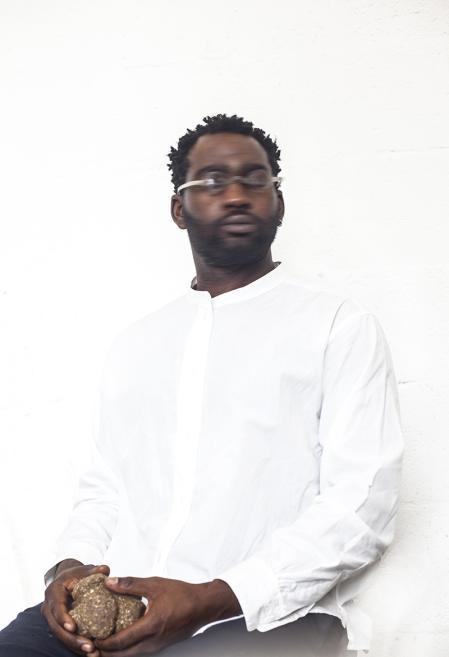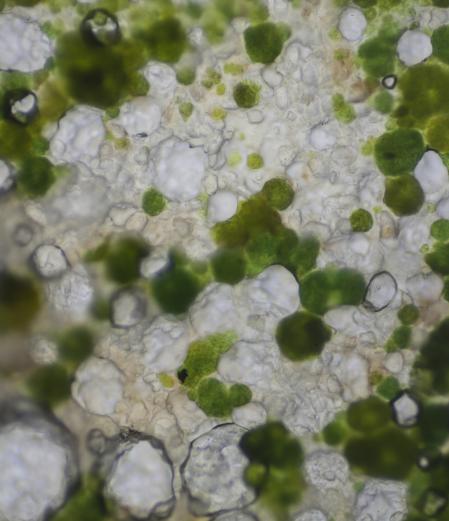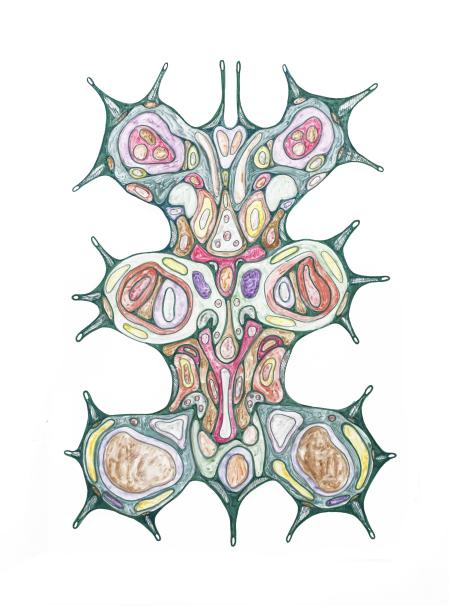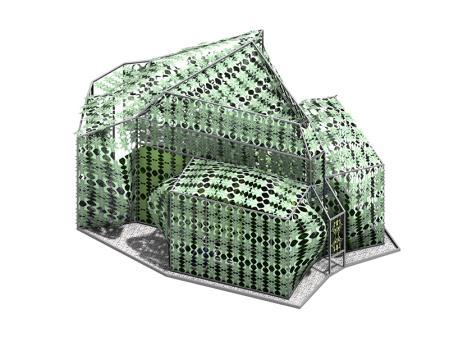RH, AK Interestingly, you call your structures temples, a term often used to describe a place of worship of a religious community. What role does spirituality play for you in regards to [new] communities?
YAO ‘What is sacred is ephemeral’ – this sentence serves as kind of a leitmotiv for my work. I believe it is the things that we cannot hold on to, that we cannot possess or claim, that become meaningful and hold an essence of amazement or reverence within us. What is rain? When we say that it is raining do we really see rain for what it is, actually, or do we just call it rain? There are billions of drops of water that each have their own individual form, shape and quantity of water within them. The temples are designed in a similar way in the sense that each fabric skin in the design should be seen from the perspective of the single thread that holds it together. The effects that occur when one microscopic organism eats the temple’s fibres or lays eggs on it is just as important as the overall form and shape of the temple from the macro scale. Moving from the material sacredness, on the other scale, the temple is a living architectural entity that is the home for the unseen ancestral spirits that are at work to keep a balance in all the environmental systems that we are connected to. In this regard the temples do not connect to a specific set of spiritual beliefs systems but rather allow for an embracing of all belief systems through a contemplative experience of sacred ephemerality impregnated within the temple’s reaction to environmental systems of entropy.




